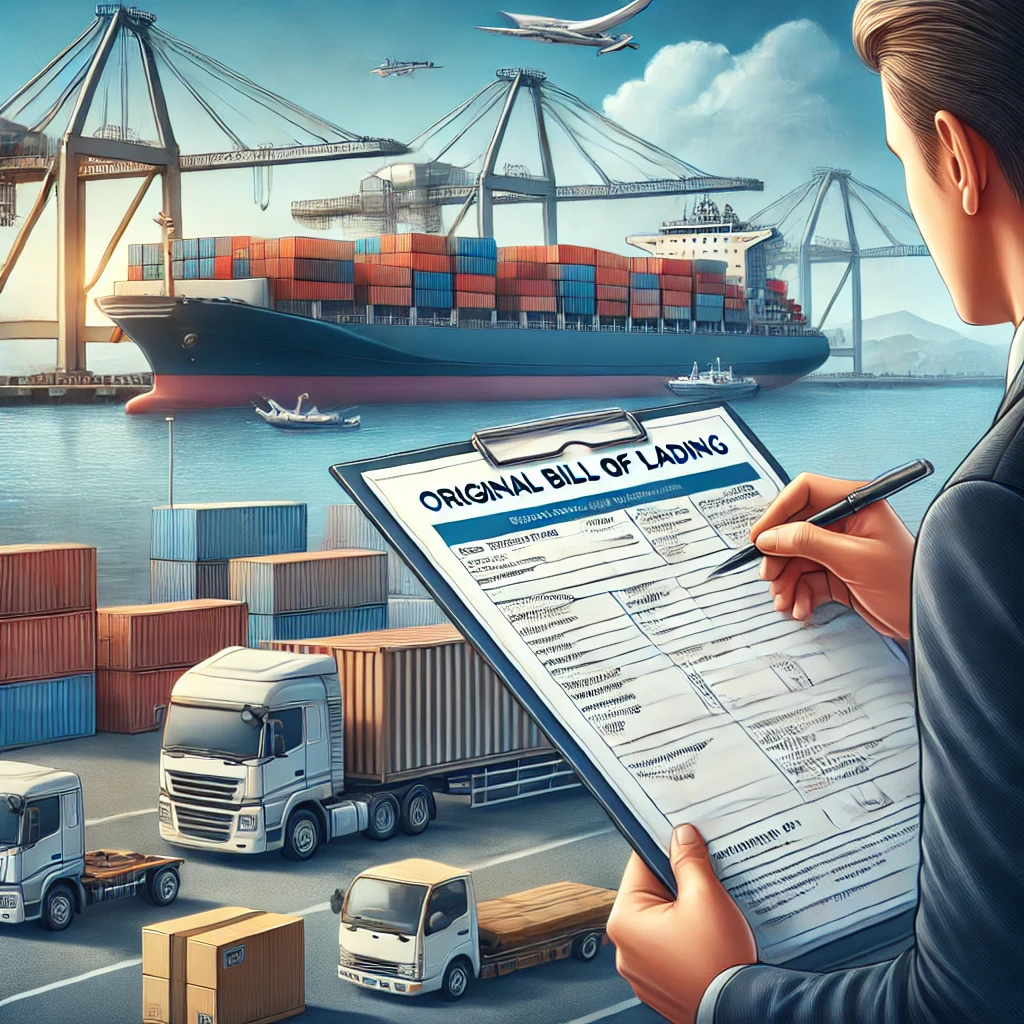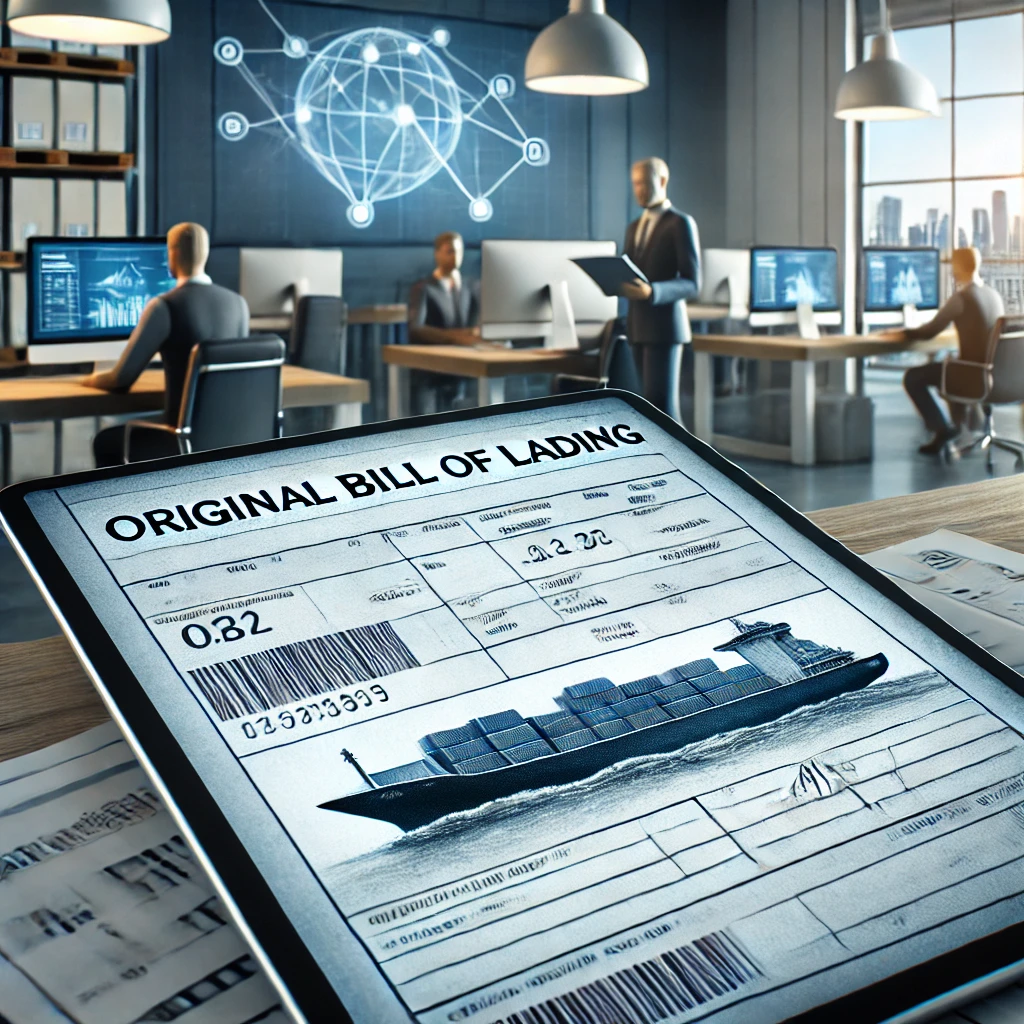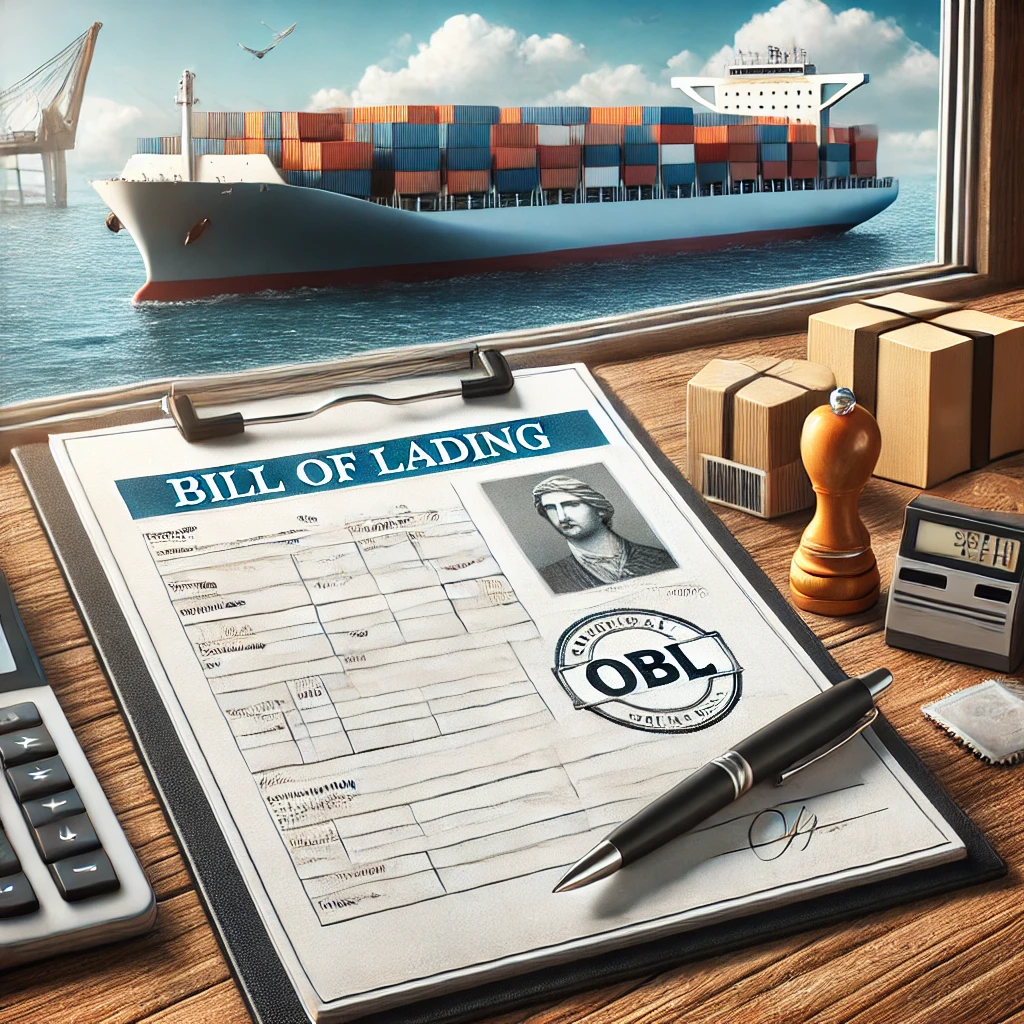Demystifying OBL for Professionals

What is an OBL?
The Original Bill of Lading (OBL) is a physical document issued by the carrier to the shipper as proof of the contract of carriage. It is one of the most important documents in international shipping, enabling the transfer of goods, facilitating customs clearance, and ensuring legal ownership.
Key Features of an OBL
- Document of Title: The OBL represents ownership of the goods being shipped. Only the holder of the original document can claim the cargo at the destination port.
- Proof of Receipt: The carrier issues the OBL to confirm that the goods have been received in good condition and as described.
- Contract of Carriage: It outlines the terms and conditions agreed upon by the shipper and carrier, including details about the freight charges, delivery terms, and liabilities.
- Negotiable Document: In many cases, the OBL can be endorsed and transferred to another party, making it a negotiable document used in trade finance.

Practical Uses of OBL
- Cargo Release: At the destination port, the consignee must present the OBL to claim the goods.
- Banking and Trade Finance: The OBL is often used in letters of credit to facilitate payment between the buyer and seller.
- Customs Clearance: Customs authorities require the OBL to verify shipment details and process import/export documentation.
- Legal Protection: The OBL serves as legal evidence in case of disputes or claims related to the shipment.
Types of Bills of Lading
- Straight Bill of Lading: Non-negotiable and used when the goods are to be delivered to a specific consignee.
- Order Bill of Lading: Negotiable and can be endorsed to transfer ownership of the goods.
- Bearer Bill of Lading: Allows the holder of the document to claim the goods without requiring an endorsement.

Importance of OBL for Businesses
- Secures Ownership: Ensures that the rightful owner has control over the cargo.
- Facilitates Trade: Simplifies transactions by providing a clear and negotiable document of title.
- Ensures Compliance: Helps businesses comply with international shipping and trade regulations.
- Reduces Risk: Minimizes the risk of disputes by clearly outlining the terms of carriage.
Common Challenges with OBL
- Loss of Document: Misplacing the OBL can delay cargo release and lead to additional costs.
- Fraud Risks: Forged or tampered OBLs can result in financial losses and disputes.
- Complex Handling: The physical nature of the OBL can complicate logistics, especially in high-volume trade.

Digital Transformation of OBL
- Electronic Bills of Lading (eBOL): Many companies are transitioning to digital Bills of Lading to streamline operations and reduce paperwork.
- Blockchain Technology: Blockchain ensures the security and authenticity of eBOLs, reducing the risk of fraud.
- Global Standards: Organizations like the International Chamber of Commerce (ICC) are promoting standardization for digital Bills of Lading.
Conclusion
The Original Bill of Lading (OBL) is an indispensable document in global trade and logistics. Understanding its purpose, features, and uses is essential for professionals and businesses aiming to navigate the complexities of international shipping efficiently. As the industry embraces digital transformation, the shift toward electronic Bills of Lading promises to enhance efficiency, security, and reliability in the management of shipping documentation.
